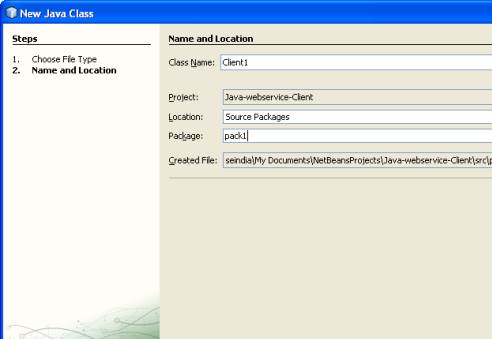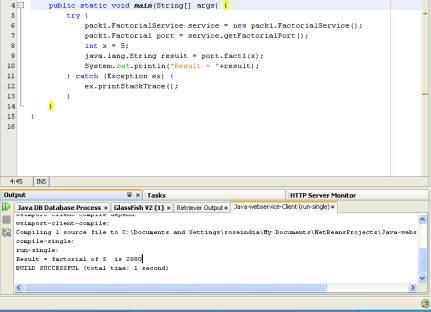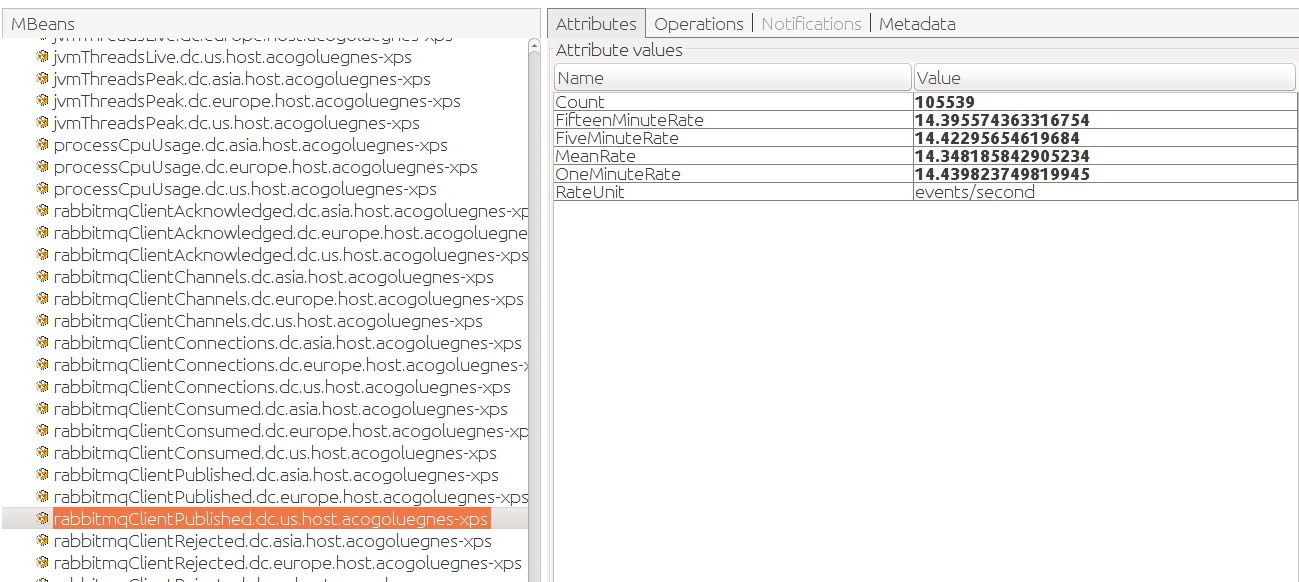
Note that the Set-Cookie header and securitySchemes are not connected in any way, and the Set-Header definition is for documentation purposes only. The server creates session id only when you (the programmer) try to use session for the first time. You need to include this cookie in subsequent requests.Įxample: JSESSIONID=abcde12345 Path=/ HttpOnly The session ID is returned in a cookie named `JSESSIONID`.

$ref: '#/components/schemas/LoginRequest' Summary: Logs in and returns the authentication cookieĭescription: A JSON object containing the login and password.

You can include this information in the description, and also define the Set-Cookie header in the response headers, like so: You may also want to document that your login operation returns the cookie in the Set-Cookie header. Returns: xs:string : the list of attribute names. If cookies are required for just a subset of operations, apply security on the operation level instead of doing it globally:Ĭookie authentication can be combined with other authentication methods as explained in Using Multiple Authentication Types. Returns a sequence containing the names of all session attributes defined within the current HTTP session. In this example, cookie authentication is applied globally to the whole API using the security key at the root level of the specification. # 2) Apply cookie auth globally to all operations For example, authentication via a cookie named JSESSIONID is defined as follows:ĬookieAuth: # arbitrary name for the security scheme will be used in the "security" key later Sessions can be stored on the server, either in-memory or in a database, with the session id sent to the client, or entirely on the client in a serialized. In OpenAPI 3.0 terms, cookie authentication is an API key that is sent in: cookie. The read function work from any page or tab of the same domain that has written it, either if the cookie was created from the page in javascript or from the server. Java Client ksqlDB ships with a lightweight Java client that enables sending requests easily to a ksqlDB server from within your Java application, as an alternative to using the REST API. SwaggerHub does not have this limitation. However, the problem is, in HTTP protocol, the state of the communication is not maintained, i.e., HTTP is a stateless protocol. Those two systems can have a peer-to-peer or client-server relationship with each other. Note for Swagger UI and Swagger Editor users: Cookie authentication is currently not supported for "try it out" requests due to browser security restrictions. Session Tracking in Java In the world of the web, a session is the amount of time in which any two systems interact with each other. Note: Cookie authentication is vulnerable to Cross-Site Request Forgeries (CSRF) attacks, so it should be used together with other security measures, such as CSRF tokens. On the logout operation, the server sends back the Set-Cookie header that causes the cookie to expire.The client needs to send this cookie in the Cookie header in all subsequent requests to the server.Set-Cookie: JSESSIONID=abcde12345 Path=/ HttpOnly Here is an example that sets the cookie named JSESSIONID: On the successful login, the server response includes the Set-Cookie header that contains the cookie name, value, expiry time and some other info.The client sends a login request to the server.Cookie AuthenticationĬookie authentication uses HTTP cookies to authenticate client requests and maintain session information. Private final String USER_AGENT = "Mozilla/5.OAS 3 This guide is for OpenAPI 3.0.

JAVA CLIENT DEFINE SESSION ID CODE
Here, This code resides inside the server. Import java.io.UnsupportedEncodingException What I am not able to understand is: I am creating a session object like HttpSession ses req.getSession (true) and setting a name for it by calling setAttribute ('String', object). I have written the following lines of code. When I send get request to home page after being logged in I get a cookie as : Given a Session ID, one may use getSessionFromStorage to get the actual Session object, while being conscious that logging in a Session required an HTTP. But unfortunately the cookie doesnot contain session id. What is Session In terms of world wide web, a session indicates a period of time that a single user visits a website. This is where I tried to capture the session id from the cookies using https get request to the home page. After being logged in the application directs me to the home page. Till now I am able to login to the application. I need this session id inorder to delete some tags in the web application.

The value of jsessionid itself can be retrieved from HttpSession.getId (). I am trying to login to a website using the https requests and then capture the session id. The jsessionid isn't actually a request parameter, it's encoded on to the URL itself, and then decoded and removed by the container before it gets as far as your controller.


 0 kommentar(er)
0 kommentar(er)
